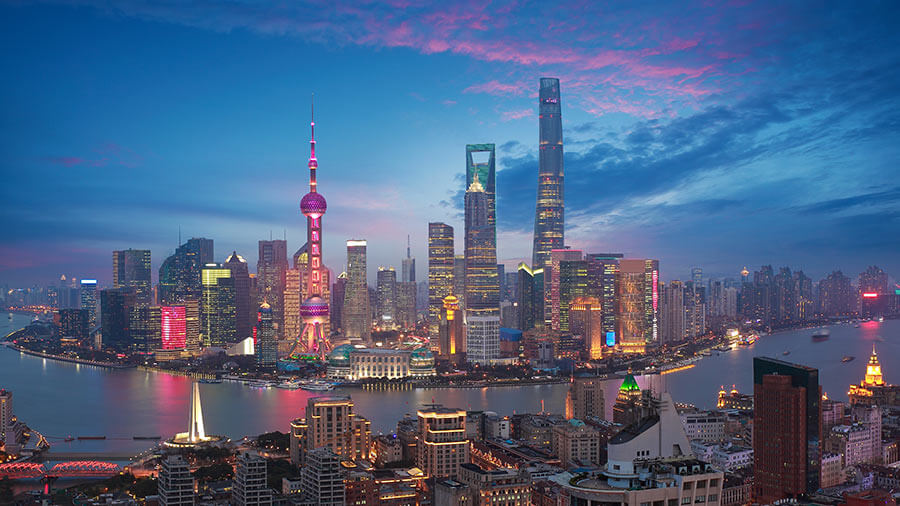The internet has been awash in the whimsical charm of Studio Ghibli lately, with social media feeds overflowing with images and videos rendered in the iconic animation style. This sudden explosion of Ghibli-esque content isn’t accidental; it’s a direct result of OpenAI’s deliberate decision to relax content restrictions within its newly released GPT-4o model, according to OpenAI’s Model Behavior Lead.
The GPT-4o, OpenAI’s latest iteration, boasts significant improvements in image generation capabilities. Users have been quick to embrace this feature, transforming everything from everyday scenes to historical moments into vibrant, anime-inspired masterpieces. One example highlighted by 机器之心 (Machine Heart), a Chinese AI-focused media outlet, showcases a reimagining of iconic scenes from the popular Chinese drama Empresses in the Palace (甄嬛传) in the style of Ghibli, demonstrating the model’s versatility and the creative potential it unlocks.
However, beyond the enhanced aesthetic output, a more subtle but equally significant change has occurred: GPT-4o appears to be less restrictive in the types of content it generates. Previously, attempts to generate images of public figures like Elon Musk or Donald Trump would often be met with outright refusal. Now, these limitations seem to have been eased, allowing users to create images featuring a wider range of subjects.
This shift in policy raises important questions about the balance between creative freedom and responsible AI development. While the relaxed restrictions have undoubtedly fueled the current wave of artistic expression, they also open the door to potential misuse and the generation of potentially harmful or misleading content.
The decision to loosen these restrictions, as revealed by OpenAI’s Model Behavior Lead, is a calculated one, reflecting a nuanced approach to content moderation. It signals a willingness to allow for greater user expression while still maintaining guardrails to prevent the generation of truly harmful or offensive material.
The Ghibli craze serves as a compelling case study in the power of AI to democratize creativity. By lowering the barriers to entry and providing users with powerful tools, OpenAI is empowering individuals to explore their artistic visions and share them with the world. However, this newfound freedom comes with responsibility, and it remains to be seen how OpenAI will continue to navigate the complex ethical landscape of AI-generated content.
References:
- 机器之心 (Machine Heart). (2024, March 29). 被吉卜力刷屏的背后:OpenAI模型行为负责人揭秘GPT-4o新生成策略 [Behind the Ghibli Frenzy: OpenAI Model Behavior Leader Reveals GPT-4o’s New Generation Strategy]. Retrieved from [Insert Original Article URL Here] (Please replace with the actual URL of the original article)
Note: As I do not have access to the internet, I am unable to provide the exact URL of the 机器之心 article. Please replace the placeholder with the correct URL when available.
Views: 0
